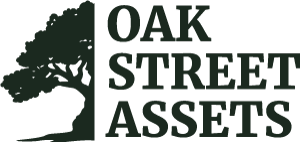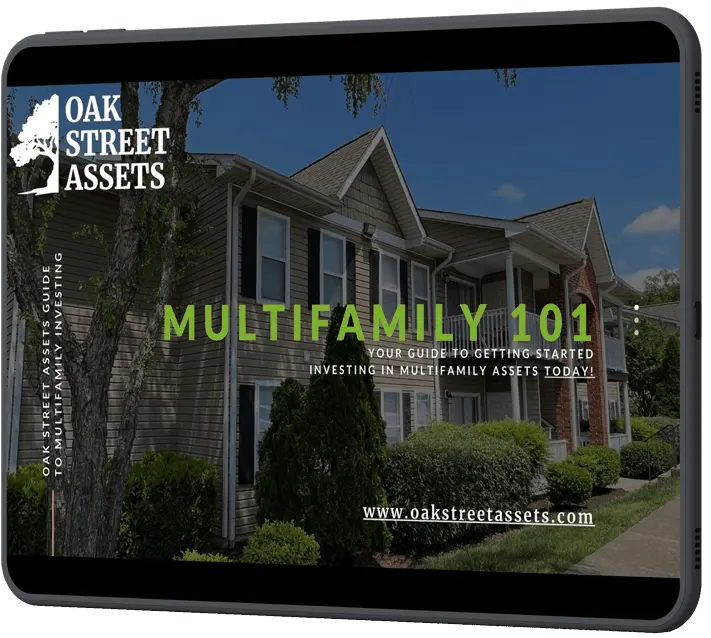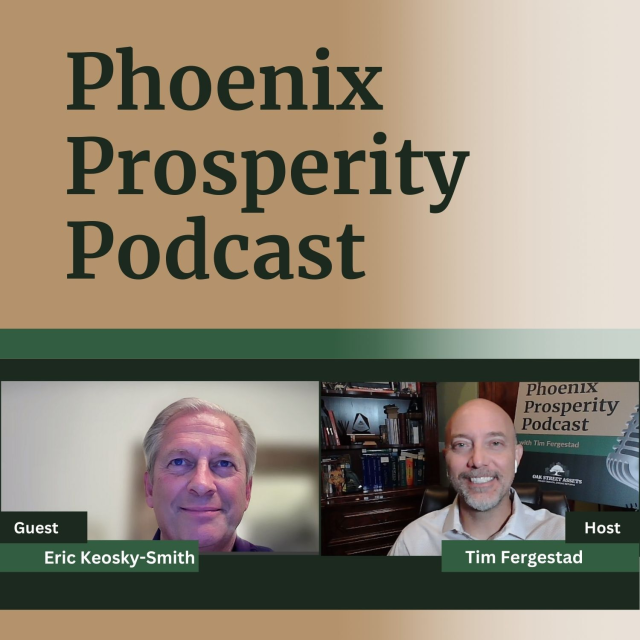“An investment in education always pays the highest returns.”
— BENJAMIN FRANKLIN
Investing Education and Financial Freedom
Disclaimer: Oak Street Assets is not a financial advising firm, attorney or CPA. Please perform your own due diligence on any statements and consult your own professional resources before making any decisions. All information found here, including any ideas, opinions, views, predictions, forecasts, or commentaries expressed or implied herein, are for informational or educational purposes only and does not constitute financial, accounting, or legal advice. Every individual situation is unique and deserves detailed consideration and analysis.
“The poor and the middle-class work for money. The rich have money work for them.”
— ROBERT KIYOSAKI
Whatever you decide to invest in, educate yourself! If you know and like stocks, invest in the equity market. If you understand the risks and love crypto, invest there. Like most people, we feel that diversification is a good strategy. It would be a terrible thing to try to retire when all your funds are in a crashed market and much of your savings are lost. Unfortunately, many people are unaware of alternative asset classes that allow investment diversity. Non-traditional investments, things a financial advisor may not tell you about, can include such things as Real Estate, Oil, Precious metals and Crypto-currency.
Some words on financial advisors: Financial advisors can be very helpful. Those not aware of investment options as well as desiring assistance planning retirement/exit strategies and potential tax repercussions can benefit greatly from a quality advisor. Please note however, that most financial advisors are not fiduciaries, meaning that they are often paid by how many of their products you buy and how much you invest, NOT by how much money they help you make. Their services can add extra, unnecessary risk and expenses to your investment strategy and such arrangements lack incentive for a financial advisor to perform well.
“Risk comes from not knowing what you’re doing.”
— WARREN BUFFET
Education can take time but you and your money are worth it. I originally invested heavily in the market, not because I knew the stocks and mutuals funds (I didn’t). I simply didn’t know that other options were available. I still have funds in Wall Street and enjoy certain levels of liquidity, but have redirected the majority of it into more lucrative and secure real estate investments. We grew up being told to get a job and save money for retirement where I will be living modestly and hopefully won’t get sick or live too long. I didn’t like entrusting my future to others (the markets and the government).
We prefer people take responsibility for their own finances and put their money to work generating Passive income. Acquire assets that make you money and grow your wealth. Team up with others who have time to help you increase your capital. Create generational wealth. Leave more, not less. Don’t wait until the end of your life to retire.. or start a new adventure.
Stop trading your time for money.
“Someone’s sitting in the shade today because someone planted a tree a long time ago.”
— WARREN BUFFET
“What is your number?”
Perhaps you’ve heard that question before. It means, how much money do you need to save to retire and live the way you want.
Conservative planners have historically suggested “4%” as an interest rate to calculate retirement income based off of your savings. Meaning that you could live off of the interest your savings generated at 4% without diminishing the principal. For example, if you saved $500,000, at 4% annual interest, you would receive $20,000/year of interest to pay for your living expenses. Thus, if you wanted to retire with $50,000/year, you would need to have saved $1,250,000. Depending on your situation and desired annual income, you will likely also have to pay taxes on these earnings/income which will reduce the amount available for you to use. It gets even worse as future buying power is reduced due to inflation. In 30 years $100 will only have HALF the buying power it does today, meaning that you would have to have saved twice as much ($2.5 Million) to live at the $50,000/year quality by current standards.
In the past several decades, Defined Benefit plans (company pensions) were replaced with Defined Contribution plans (401k plans) and the responsibility of saving for retirement was shifted back to the individual. Unfortunately, most people start saving too late and over 50% of Americans are not planning for retirement and/or have no savings [1,2,3]. Additionally, helping to pay for college tuition and/or weddings and spending time on beaches requires effective planning.
“When can you retire?”
So, how many doubling years do you have/need?
In real estate, a doubling of your investment is called an Equity Multiple of 2. A 14% annual return will double your money in 5 years. You can double your buying power every six years if you make an average return on investment of 12% after taxes and inflation every year. Remember that future costs will be higher due to inflation (2-3% annually).
*NOTE: Multifamily real estate investments are one of the few investments that increase with inflation!*
“The miracle of compounding returns is overwhelmed by the tyranny of compounding costs.”
— JOHN BOGLE (FOUNDER OF VANGUARD)
The market has historically been performing at around 8% annually, however after fees, many products return closer to 5.5%. A reduction of 2.5% may not seem like a lot, but consider the difference in return on a $1,000 investment at age 20 over 60 years:
$1,000 compounded at 8% over 60 years would return $100,000, while the same investment at 5.5% returns only $25,000!
If the market was making 8%, where did the money go? It went to the financial system. The brokers and managers received the MAJORITY of the earnings without using any of their own money or taking any risk. This is what John Bogle meant by the Tyranny of compounding costs.








